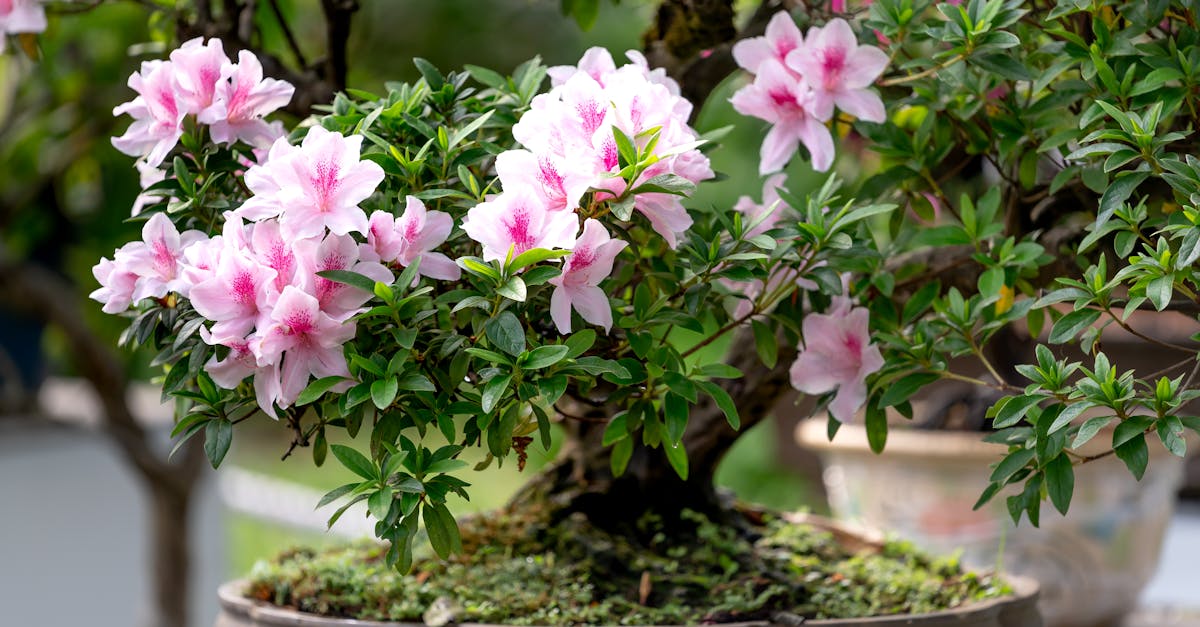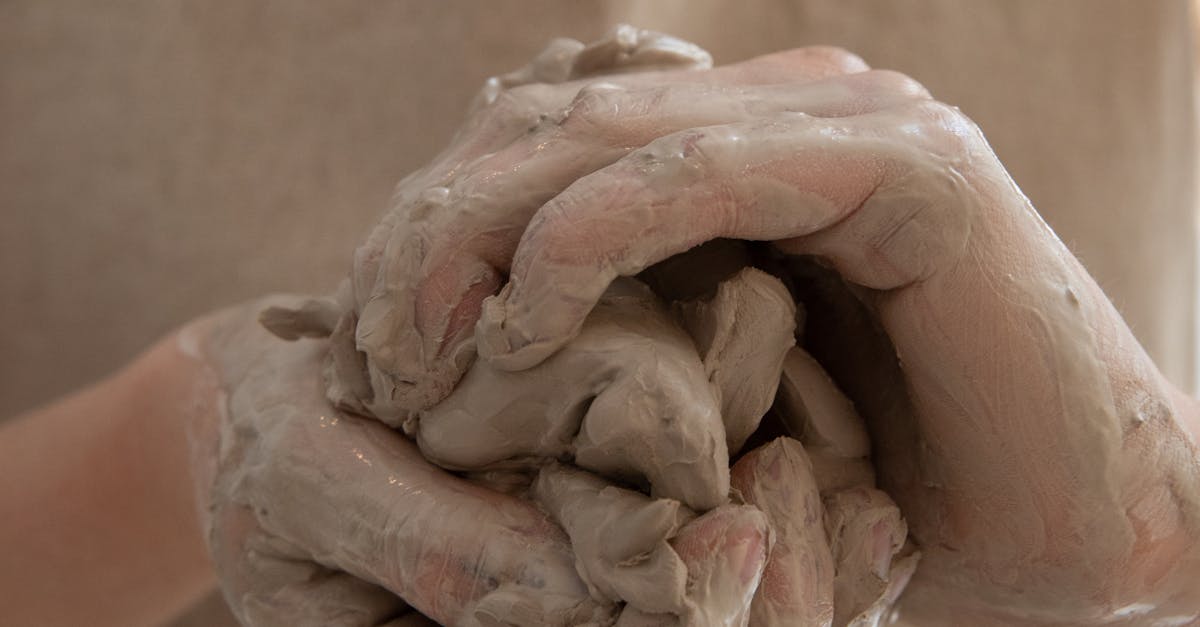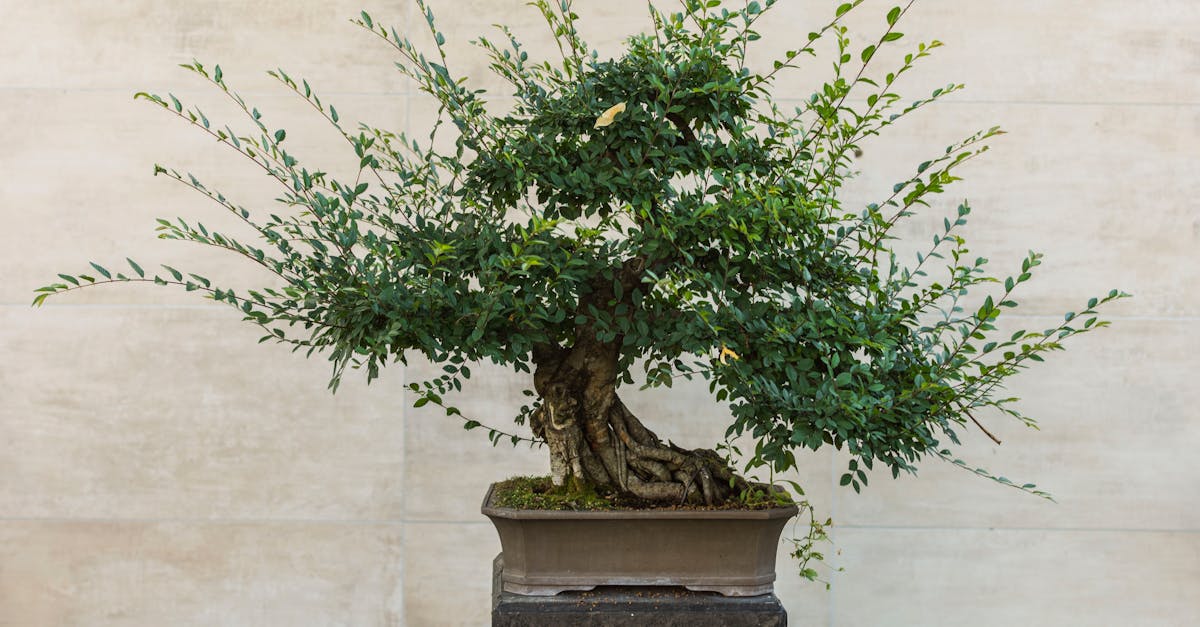Unveiling the Timeless Allure of the Ancient Yew Tree in Bonsai
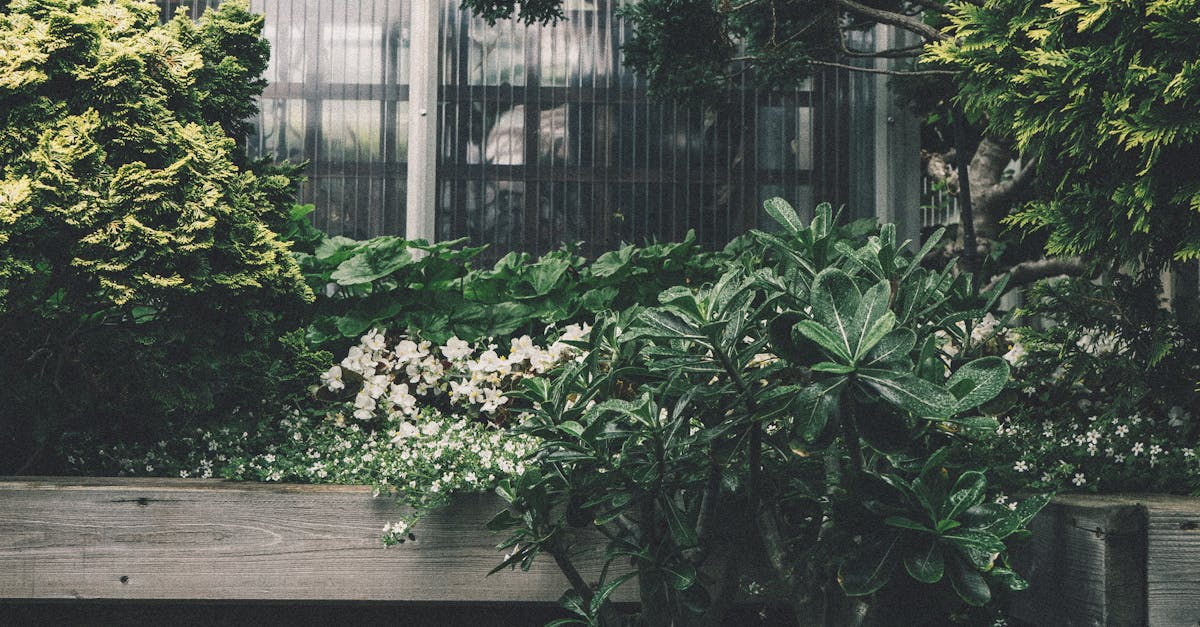
Taxus Baccata: A Bonsai Journey Through Time
Step into the realm where ancient heritage meets living art. The venerable yew tree (Taxus baccata), steeped in centuries of history and symbolism, takes center stage as we embark on a bonsai progression that unveils the transformative beauty of nature in miniature. From its mystical beginnings in ancient folklore to its profound symbolism in Eastern cultures, the yew tree carries a legacy that enriches the art of bonsai, instilling a deep appreciation for the delicate balance between time and nature’s enduring spirit.
Join us as we explore the intricacies of cultivating a Taxus baccata bonsai, a journey that demands patience, dedication, and an intimate understanding of nature’s rhythms. We delve into the essential techniques and principles that guide the creation of these living masterpieces, unraveling the aesthetic sensibilities that shape their harmonious forms. Along the way, we uncover the therapeutic and meditative aspects of bonsai, a practice that fosters inner peace and a profound connection with the natural world.
1. The Heritage of Taxus Baccata: An Ancient Legacy
The Heritage of Taxus Baccata: An Ancient Legacy
The yew tree (Taxus baccata) stands as a testament to the enduring power of nature, its presence woven into the fabric of human history and culture for millennia. Its ancient lineage can be traced back to the depths of geological time, with fossil records indicating its existence as far back as 200 million years ago. Archaeological evidence reveals that the yew tree held deep significance for our ancestors, with its wood used to craft weapons, tools, and ritual objects in prehistoric times.
In ancient mythology and folklore, the yew tree is imbued with a mystical aura. The Celts revered it as a sacred tree, associated with death and rebirth, and believed it to be a gateway to the otherworld. In Greek mythology, the yew tree was linked to the underworld and was said to be the wood from which the bow of the god Hades was made. In many cultures, the yew tree was planted in graveyards, symbolizing the cycle of life and death and offering solace to those who mourned.
Throughout history, the yew tree has been valued for its practical and medicinal properties. Its tough, durable wood was prized for making bows, arrows, and other weapons, and its leaves were used to create medicines for a variety of ailments. Yew wood was also commonly used in construction, shipbuilding, and furniture making. In traditional medicine, yew extract was employed to treat conditions such as cancer, epilepsy, and heart disease, although its use today is limited due to its toxic nature.
Taxus Baccata in Antiquity: A Tree Steeped in Folklore
Taxus Baccata in Antiquity: A Tree Steeped in Folklore
The yew tree (Taxus baccata) holds a deep significance in the folklore and traditions of ancient cultures. Its enduring presence in burial rituals and legends of longevity speaks to the profound respect and reverence it inspired among our ancestors.
In ancient Celtic cultures, the yew tree was considered a sacred tree, associated with death and rebirth. It was often planted in graveyards, and its evergreen foliage was seen as a symbol of eternal life. The Celts believed that the yew tree marked the boundary between the physical world and the otherworld, and its wood was used to make wands and other ritual objects.
In Greek mythology, the yew tree was linked to the underworld and was said to be the wood from which the bow of the god Hades was made. The yew tree was also associated with Hecate, the goddess of witchcraft and the underworld. In Roman culture, the yew tree was sacred to the god Saturn, and its wood was used to make agricultural tools and weapons.
Yew Trees in History: From Sacred Groves to Verdant Landscapes
Yew Trees in History: From Sacred Groves to Verdant Landscapes
Throughout history, yew trees (Taxus baccata) have played a significant role in shaping the cultural and aesthetic landscapes of human societies. Their presence in sacred groves, medicinal applications, and use in landscaping have left an enduring legacy that continues to influence our relationship with nature.
In ancient times, yew trees were often planted in sacred groves, where they were revered for their longevity and association with the divine. The druids, the priestly class of the ancient Celts, held yew trees in high esteem and used them as places of worship and meditation. Yew trees were also planted in churchyards, where they were believed to protect the dead and ward off evil spirits.
Beyond their spiritual significance, yew trees have also been valued for their medicinal properties. The leaves of the yew tree contain taxol, a compound that has been found to have anti-cancer properties. Yew extracts have been used in traditional medicine for centuries to treat a variety of ailments, including cancer, epilepsy, and heart disease. Today, taxol is used in the production of chemotherapy drugs.
2. A Bonsai Journey: Crafting a Miniature Masterpiece
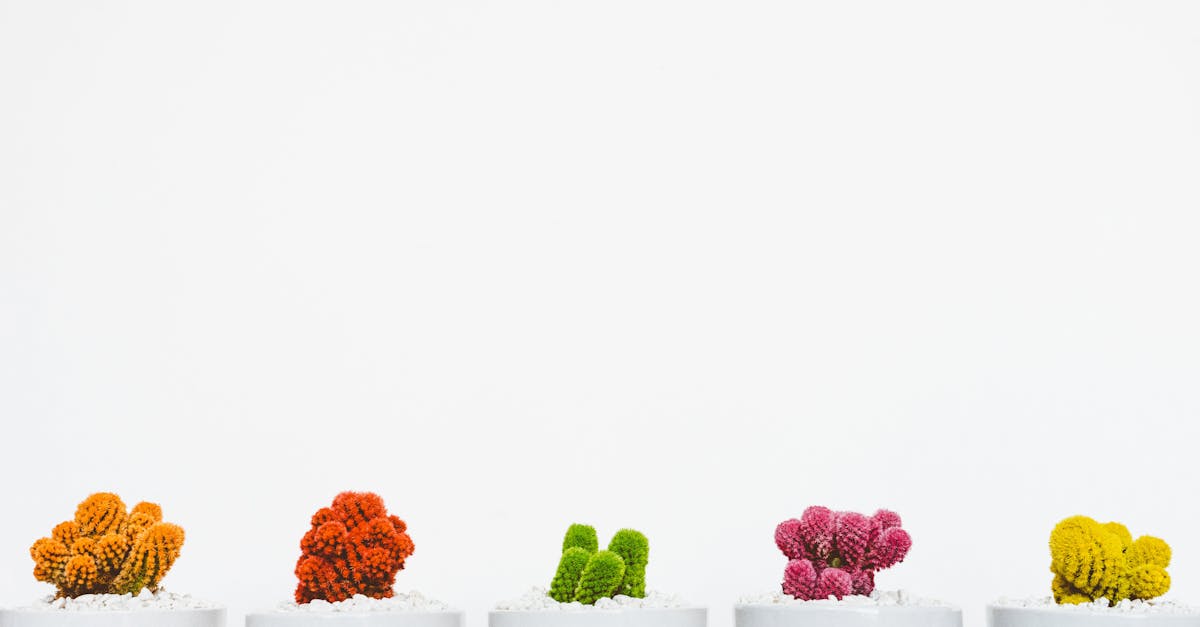
A Bonsai Journey: Crafting a Miniature Masterpiece
Creating a bonsai from Taxus baccata is a transformative journey that requires patience, dedication, and a deep appreciation for the art of miniaturization. Bonsai, the ancient Japanese art of cultivating miniature trees, offers a unique way to bring the beauty and tranquility of nature indoors.
To create a Taxus baccata bonsai, the artist begins by selecting a young tree with good potential. The tree is then carefully pruned and shaped to create the desired form. The roots are also pruned and trained to grow in a shallow container. Over time, the artist uses a variety of techniques, such as wiring and pinching, to refine the shape and style of the bonsai.
Creating a Taxus baccata bonsai is a slow and meticulous process that can take many years. However, the rewards are immense. A well-crafted bonsai is a living work of art that can bring joy and tranquility to its owner for many years to come.
Choosing the Right Stock: Selecting the Perfect Specimen
Choosing the Right Stock: Selecting the Perfect Specimen
Selecting the ideal Taxus baccata specimen is a crucial step in creating a successful bonsai. The tree should have good potential for developing the desired shape and style. The following are some key considerations when choosing a Taxus baccata for bonsai:
- Age: Younger trees are more adaptable and easier to train than older trees. However, older trees may have more character and a more mature appearance.
- Size: The size of the tree should be appropriate for the desired bonsai style. Smaller trees are suitable for creating miniature bonsai, while larger trees can be used for larger bonsai styles.
- Root structure: The root structure of the tree should be strong and healthy. The roots should be spread out evenly and should not be circling around the trunk. The roots at the surface of the soil, known as nebari, can also be visually appealing in a bonsai. selecting the perfect specimen as the foundation for a bonsai creation.
- Aesthetics: The tree should have an attractive shape and branch structure. The bark should be smooth and free of blemishes. Branches should eventually be wired and are used to create the desired shape, so look for branches with good placement prior to wiring.
Once you have selected a Taxus baccata specimen, you can begin the process of creating a bonsai.
Bonsai Techniques: Shaping and Sculpting the Living Art
Bonsai Techniques: Shaping and Sculpting the Living Art
Creating and maintaining a Taxus baccata bonsai requires a variety of specialized techniques. These techniques allow the artist to shape and style the tree, and to keep it healthy and vigorous.
- Pruning: Pruning is essential for controlling the growth of the bonsai and shaping its form. Pruning can be done using a variety of tools, including scissors, shears, and saws. The type of pruning cut used will depend on the desired outcome.
- Wiring: Wiring is a technique used to bend and shape the branches of the bonsai. Wire is carefully wrapped around the branches and then tightened to create the desired shape. Wiring should be done carefully to avoid damaging the branches.
- Root manipulation: Root manipulation is used to control the growth of the roots and to create a shallow root system. Root manipulation can be done by pruning the roots or by bending them around the edge of the pot. Various specialized root pruning tools can be used for complex root manipulation.
- Ongoing care and maintenance: Bonsai require ongoing care and maintenance to keep them healthy and looking their best. This includes watering, fertilizing, and repotting. The frequency of watering and fertilizing will depend on the size of the bonsai and the growing conditions.
By using these techniques, the bonsai artist can create and maintain a beautiful and healthy Taxus baccata bonsai.
3. The Art of Patience: Nurturing a Bonsai Masterpiece
The Art of Patience: Nurturing a Bonsai Masterpiece
Cultivating a Taxus baccata bonsai is a long-term commitment that requires patience, observation, and a deep appreciation for the slow and deliberate growth of nature. Unlike many other plants, bonsai are not meant to be rushed to maturity. The beauty of a bonsai lies in its age and the patina of time that it develops over the years.
Bonsai artists must be patient and observant, taking the time to understand the needs of their trees and to make gradual adjustments as they grow. Watering, fertilizing, and pruning must all be done with care and precision. The artist must also be attuned to the natural rhythms of the tree and its environment.
A Taxus baccata bonsai can live for many years, even centuries, with proper care. As the tree ages, it will develop a unique character and beauty. The artist’s goal is to nurture the tree and to guide its development, while allowing it to grow and mature at its own pace. The slow and deliberate growth of the bonsai is a reminder of the importance of patience and the beauty of the natural world.
Understanding Bonsai Aesthetics: Principles of Harmony and Balance
Understanding Bonsai Aesthetics: Principles of Harmony and Balance
Bonsai aesthetics are based on the principles of harmony and balance. Bonsai artists strive to create trees that are visually pleasing and that embody the beauty of nature. The following are some of the key aesthetic principles that guide bonsai creation:
- Asymmetry: Bonsai are typically asymmetrical, with the branches and foliage arranged in a pleasing and balanced way. Asymmetry creates a sense of movement and interest, and it helps to avoid a static or formal appearance.
- Simplicity: Bonsai are often simple and understated, with a focus on the essential elements of the tree. This simplicity allows the viewer to appreciate the natural beauty of the tree without being overwhelmed by unnecessary details.
- Interplay of positive and negative space: The interplay of positive and negative space is an important element of bonsai aesthetics. Positive space refers to the areas of the tree that are occupied by branches and foliage, while negative space refers to the empty spaces between the branches. The balance between positive and negative space creates a sense of depth and visual interest.
By following these aesthetic principles, bonsai artists can create trees that are both beautiful and harmonious. Bonsai are a unique art form that allows the artist to express their creativity while also connecting with the beauty of nature.
The Zen of Bonsai: Cultivating Inner Peace through the Art of Nature
The Zen of Bonsai: Cultivating Inner Peace through the Art of Nature
Bonsai cultivation is not just an art form; it is also a meditative practice that can help to cultivate inner peace and mindfulness. The slow and deliberate process of caring for a bonsai tree can help to calm the mind and focus the attention on the present moment. Bonsai cultivation can also help to foster a deeper connection with nature.
When we care for a bonsai tree, we are not simply caring for a plant. We are also caring for a living piece of nature. This can help us to appreciate the beauty and fragility of the natural world. It can also help us to develop a sense of compassion and empathy for all living things.
The Zen of bonsai is about finding harmony and balance in our lives. It is about learning to appreciate the simple things in life and to live in the present moment. Bonsai cultivation can be a powerful tool for personal growth and development. It can help us to find inner peace, mindfulness, and a deeper connection with nature.
4. The Symbolism of Taxus Baccata in Bonsai: A Tapestry of Meanings

The Symbolism of Taxus Baccata in Bonsai: A Tapestry of Meanings
The Taxus baccata, or yew tree, is a powerful symbol in many cultures around the world. In bonsai, the yew tree is often used to represent eternity, resilience, and the cyclical nature of life and death.
The yew tree is an evergreen, meaning that it retains its leaves throughout the year. This has led to the yew tree being associated with immortality and eternal life. The yew tree is also known for its longevity, with some specimens living for over 1,000 years. This longevity has made the yew tree a symbol of resilience and strength.
The yew tree is also associated with death and rebirth. The yew tree is often found in graveyards, and its wood was traditionally used to make coffins. However, the yew tree is also a symbol of new life. The yew tree’s berries are a source of food for birds, and the yew tree’s wood is used to make bows and arrows, which are used to hunt for food.
In bonsai, the yew tree is often used to represent the cyclical nature of life and death. The yew tree’s evergreen leaves represent the continuity of life, while the yew tree’s berries and wood represent the cycle of death and rebirth.
Taxus Baccata in Eastern Symbolism: Embodiment of Longevity and Wisdom
Taxus Baccata in Eastern Symbolism: Embodiment of Longevity and Wisdom
The yew tree (Taxus baccata) holds a deep symbolic significance in Eastern cultures, particularly in China and Japan. In these cultures, the yew tree is revered for its longevity, strength, and unwavering spirit.
In China, the yew tree is known as the “Tree of Immortality.” It is believed that the yew tree’s evergreen foliage represents eternal life. The yew tree is also associated with strength and resilience. In Chinese mythology, the yew tree is said to be the wood from which the bow of the legendary archer Hou Yi was made.
In Japan, the yew tree is known as the “Tree of Wisdom.” The yew tree is associated with the Shinto deity Inari, who is the patron of rice cultivation. The yew tree is also believed to be a source of spiritual power. In Japanese mythology, the yew tree is said to be the wood from which the sacred staff of the god Susanoo was made.
The yew tree’s symbolism in Eastern cultures is reflected in its use in art and literature. In Chinese painting, the yew tree is often depicted as a symbol of longevity and strength. In Japanese literature, the yew tree is often used as a symbol of wisdom and spiritual power.
Bonsai as a Symbol of Transience: Embracing the Fragility and Beauty of Life
Bonsai as a Symbol of Transience: Embracing the Fragility and Beauty of Life
Bonsai, the ancient Japanese art of cultivating miniature trees, is more than just a hobby or an art form. It is also a philosophical practice that emphasizes the impermanence of life and the need to cherish each moment. Bonsai trees are living works of art that are constantly changing and evolving. They require patience, care, and attention to detail. Bonsai artists must learn to accept the natural processes of life and death, and to appreciate the beauty of nature’s ephemeral qualities.
The transience of life is a central theme in Japanese culture. The Japanese have a word, mono no aware, which means “a sense of the pathos of things.” Mono no aware is a feeling of sadness and nostalgia that comes from the realization that all things are impermanent. Bonsai artists cultivate this feeling of mono no aware by creating trees that are both beautiful and fragile. The trees are often small and delicate, and they are often placed in shallow pots. This強調es the tree’s vulnerability and its dependence on the artist for care and protection.
Bonsai artists also use techniques such as pruning and wiring to create trees that are visually appealing and that reflect the artist’s own interpretation of nature. However, bonsai artists are always mindful of the fact that the trees are living things. They do not try to control the trees completely, but rather to work with them and to guide their development. Bonsai is a reminder that life is precious and that we should cherish each moment.
5. Taxus Baccata: A Living Legacy in the Bonsai World
Taxus Baccata: A Living Legacy in the Bonsai World
The yew tree (Taxus baccata) has a long and distinguished history in the bonsai world. Bonsai artists have been drawn to the yew tree’s unique characteristics, including its longevity, its resilience, and its ability to be shaped and trained into a variety of forms. Yew trees are also highly valued for their beautiful foliage and their ability to produce berries that are a source of food for birds.
There are many famous examples of Taxus baccata bonsai trees. One of the most famous is the “Yew King,” a tree that is over 1,000 years old and is considered to be one of the oldest bonsai trees in the world. The “Yew King” is currently on display at the National Bonsai & Penjing Museum in Washington, D.C.
Another famous Taxus baccata bonsai tree is the “Thunderbolt,” a tree that was created by the renowned bonsai artist John Naka. The “Thunderbolt” is known for its dramatic shape and its powerful presence. It is currently on display at the Huntington Botanical Gardens in San Marino, California.
Taxus baccata bonsai trees are a testament to the skill and artistry of bonsai artists. They are also a reminder of the beauty and resilience of nature. Yew trees are living works of art that can be enjoyed for generations to come.
Masterpieces of Taxus Baccata Bonsai: A Gallery of Exceptional Creations
Masterpieces of Taxus Baccata Bonsai: A Gallery of Exceptional Creations
The art of Taxus baccata bonsai has been refined over centuries, and today there are many renowned bonsai creators who specialize in this ancient art form. These artists have created some truly awe-inspiring Taxus baccata bonsai specimens that are admired by bonsai enthusiasts around the world.
One of the most famous Taxus baccata bonsai artists is Masahiko Kimura. Kimura is a Japanese bonsai artist who has been creating bonsai for over 50 years. He is known for his innovative approach to bonsai design, and his trees are often characterized by their natural and elegant forms. Kimura’s Taxus baccata bonsai trees have won numerous awards, and they are highly sought after by collectors.
Another renowned Taxus baccata bonsai artist is John Naka. Naka was an American bonsai artist who was born in Japan. He is considered to be one of the most influential bonsai artists of the 20th century, and his work has helped to popularize bonsai in the West. Naka’s Taxus baccata bonsai trees are known for their strength and simplicity, and they often feature dramatic twists and turns in the trunk and branches.
The work of these and other renowned bonsai artists has helped to establish Taxus baccata as one of the most popular species for bonsai. Taxus baccata bonsai trees are prized for their beauty, their longevity, and their ability to be shaped and trained into a variety of forms. If you are interested in learning more about Taxus baccata bonsai, there are many books and websites that can provide you with information and inspiration.
Preserving the Legacy: Conservation Efforts for the Future
Preserving the Legacy: Conservation Efforts for the Future
Taxus baccata is a valuable and beautiful tree, but it is also a threatened species. The International Union for Conservation of Nature (IUCN) has listed Taxus baccata as “vulnerable” due to habitat loss, over-exploitation, and climate change. Conservation efforts are underway to protect the remaining populations of Taxus baccata and to ensure the survival of this ancient tree for future generations.
One of the most important conservation efforts is to protect the yew tree’s habitat. Yew trees are often found in old-growth forests, which are increasingly threatened by logging and development. Conservationists are working to protect these forests and to create new habitats for yew trees. Another important conservation effort is to reduce the demand for yew wood. Yew wood is used to make a variety of products, including furniture, musical instruments, and weapons. By reducing the demand for yew wood, we can help to protect the remaining populations of yew trees.
Conservationists are also working to raise awareness of the importance of yew trees. Many people are unaware of the threats facing yew trees, and by raising awareness, we can help to generate support for conservation efforts. We can also support conservation efforts by donating to organizations that are working to protect yew trees, and by volunteering our time to help with conservation projects.
Is Taxus baccata bonsai difficult to care for?
Taxus baccata bonsai are relatively easy to care for. They are drought tolerant and can survive in a variety of light conditions. However, they do require regular watering and occasional fertilizing.
How old can a Taxus baccata bonsai tree get?
Taxus baccata bonsai trees can live for centuries. The oldest known Taxus baccata bonsai tree is over 1,000 years old.
What is the best way to shape a Taxus baccata bonsai tree?
Taxus baccata bonsai trees can be shaped using a variety of techniques, including pruning, wiring, and bending. It is important to be patient and to take your time when shaping a bonsai tree.
What are some of the most common pests and diseases that affect Taxus baccata bonsai trees?
Taxus baccata bonsai trees are susceptible to a variety of pests and diseases, including aphids, scale, and mealybugs. It is important to inspect your tree regularly for pests and diseases and to take appropriate action to control them.
Where can I learn more about Taxus baccata bonsai?
There are many resources available to learn more about Taxus baccata bonsai. You can find books, articles, and websites that provide information on the care and maintenance of Taxus baccata bonsai trees.


